BYOL: Bring Your Own Lunch?
New requirements force CASD to change lunch policies and prices.
The CHS cafeteria is increasingly encouraging healthier choices.
September 27, 2013
Lunchtime is changing dramatically at CHS. The cafeterias are tightening meal requirements and for many, school meals are becoming more expensive.
Last year, the cafeteria’s fruit and vegetable requirements “resulted in a lot of fruit and vegetables tossed into trash cans,” said sophomore Anna Lippert.
This year, CHS has gone even further in making school lunches healthier.
With making soup and french fries a la carte items, the school angered many students. However, the reasons behind these changes are not due to school policy but rather federal law.
The Healthy Hunger-Free Kids Act requires schools to include at least three out of five main components in cafeteria lunches. Students may choose from milk, grains, meat/meat alternative, fruit, and vegetables. A fruit or vegetable is a required component.
Offering french fries as part of a meal means the lunch would be “over in our vegetable [component] and over in calories,” said Food Services director Kelly Renard.
Many soups also pose a problem because they provide partial components but not entire ones, making it simpler for them to become a la carte items.
“The school lunch prices for students only increased by $.10 so there hasn’t been a dramatic increase,” Renard added. “Some of the a la carte prices actually decreased.”
However, students are used to including items that are now a la carte as regular meal items—and this has led to some complaints about rising meal costs.
“They’re trying to make the lunches healthier, but they’re just making people mad; they should keep things the way they were before,” said senior Makenzie Langer.
According to Renard, next school year will bring even more changes to food regulations. They will affect fundraising, a la carte sales, vending sales, and parties during the school day. “As far as a la carte we are selling what we can this year because next year we may not be allowed to sell the same items,” she said.
Renard said she had no specific details available to her about next year’s mandated changes.
UPDATE: The cafeteria fruit and vegetable consumption increased by nearly double last year. Although the minimum fruit or vegetable requirement is ½ cup, “in many cases kids were taking full 1c portions of each,” said Renard.







































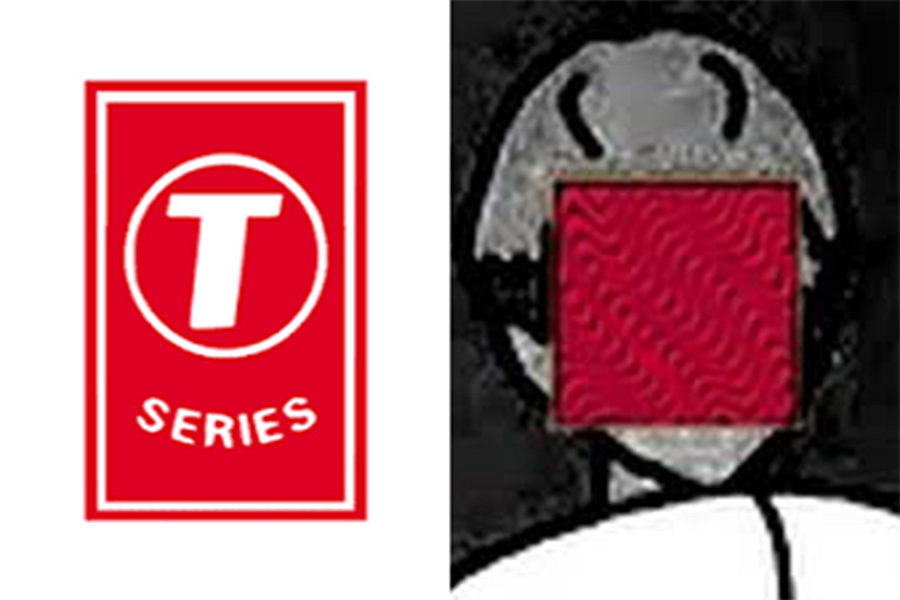



















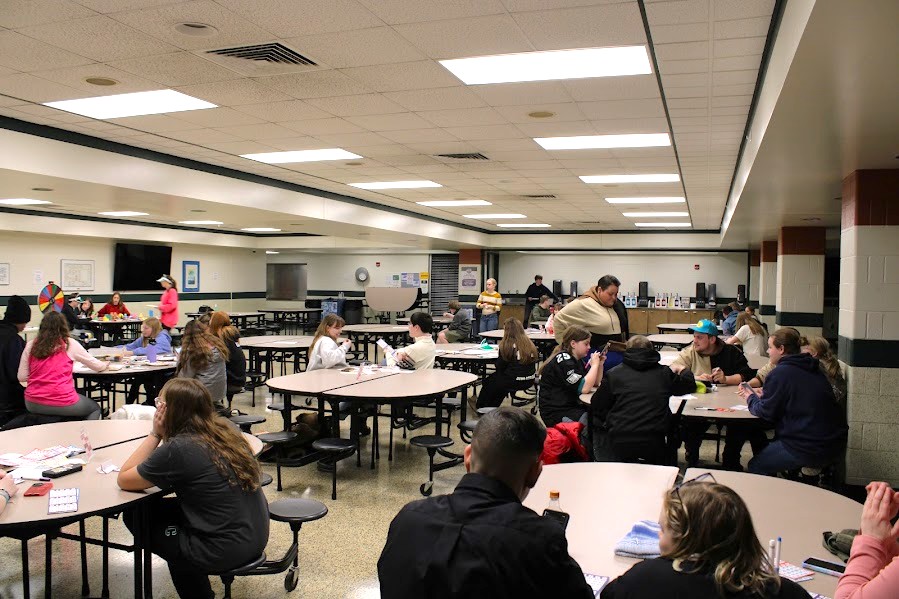





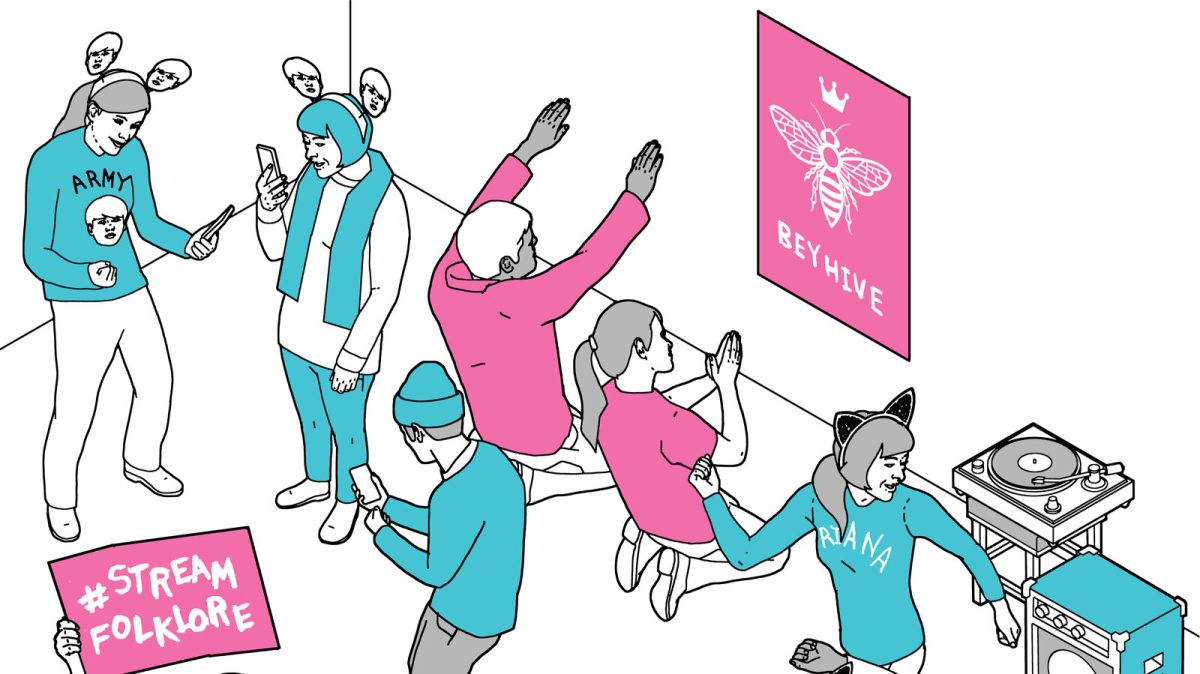

















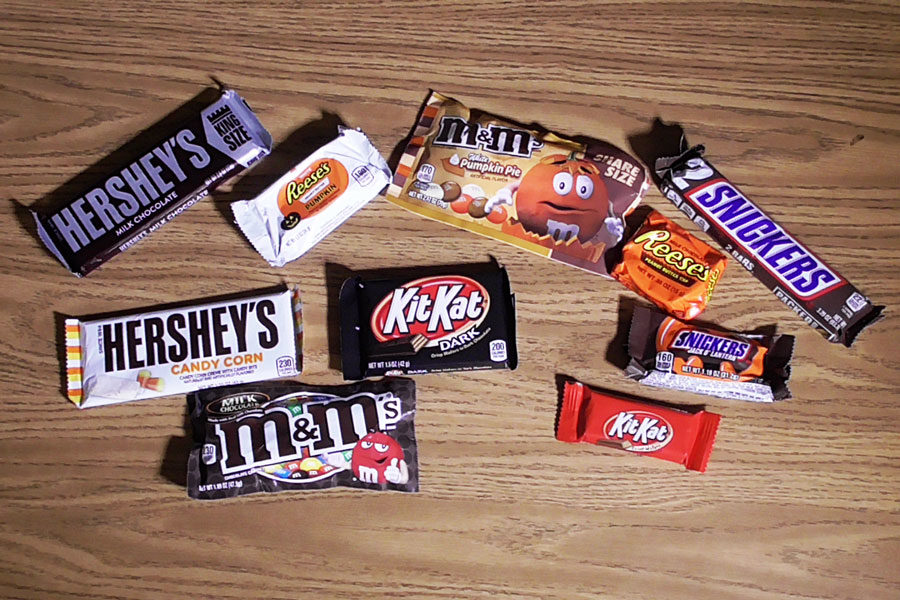








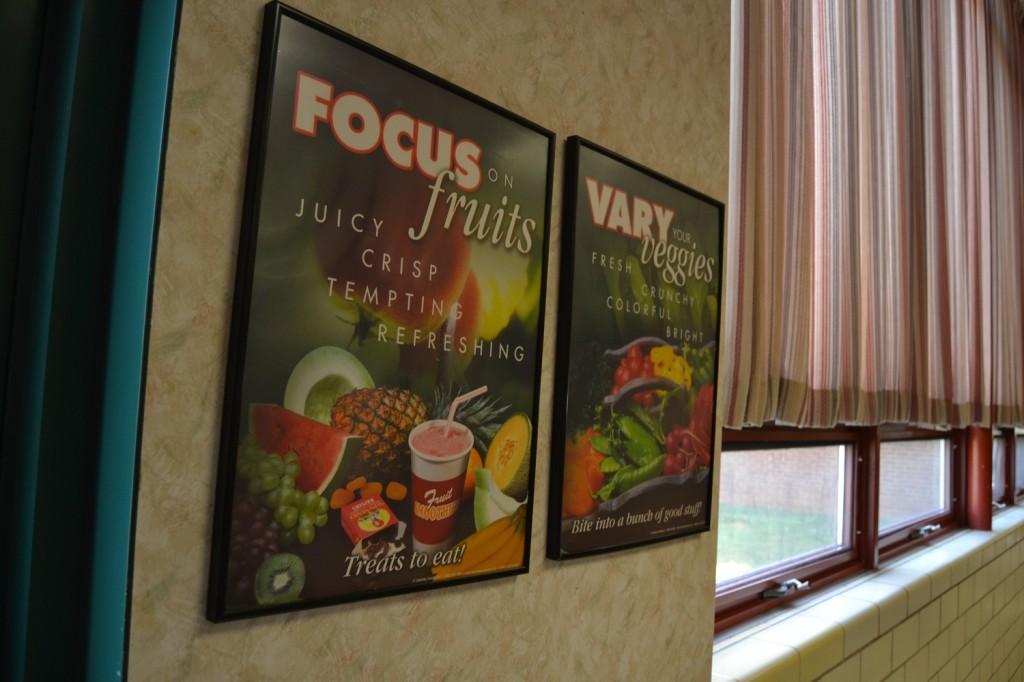



Zack Loudon • Nov 4, 2013 at 11:23 pm
I believe that students should bring their own lunches. School lunches have gotten extremely pricey, and the quality of the food is awful. If students were to bring their own lunches, they would end up saving a lot of money, and would also eat much healthier.
Phillip Garris • Oct 31, 2013 at 7:28 am
I have to agree a lot with what others said if u didnt get health food before making it where its the only thing to pick isnt going to make people to go ahead and choose it. You eat what you want so bringing your own food might be a choice many will have to make.
Abigail Nickel • Oct 22, 2013 at 8:44 am
I feel like charging more for less nutritious foods doesn’t solve the problem, but instead only takes more money out of the students/parents’ pockets. I understand that they want to make sure that students eat healthier and for them to eat more fruits and vegetables, but there are better ways to go about this than raising the prices on everything else.
If I were just to buy a meal that didn’t cost any extra money, I would go hungry the rest of the day. There are a lot of things wrong with the school lunches that are a detriment to student health and the reason why they buy so many extra un-nutritious sides. One of the main reasons that students don’t go for the fruit and veggies, in my opinion is that there isn’t much variety, and the options to chose from aren’t very tasteful or filling. The school could offer better options like more fresh fruit instead of previously canned fruit put in a cup, and offer a larger serving. Also, if the school is going to try and make the food better and healthier overall they need to improve the whole menu as well. The food here is repelling to a lot of students, including myself, because there isn’t much variety, the meals can be really disgusting, and a lot of it seems to be processed frozen food that isn’t even fully cooked a lot of the time.
Overall, the school needs to offer more varitety in the food choices; meals that taste better, are healthier, and cost less. Not just with fruits and vegetables, but with the entrees and other sides as well. If the school sold food that was healthier and tastier then the portions could probably be increased so students wouldn’t go hungry, and wouldn’t need to buy so many sides in the first place.
Chenta Shirley • Oct 8, 2013 at 10:31 am
I understand why students have become upset by the changes to the school lunch, but I also understand why it had to happen. It’s not neccessarily the school’s fault that the lunches changed. It’s a federal law. There’s not much they can do, but comply to the laws. Though the price increased and some sides where changed into a la carte items, it’s still possible to get a satifying school lunch. And if you don’t like what the school is offering, pack! It could save you money and you can eat what you like!
Emma Hotra-Schubert • Oct 4, 2013 at 1:39 pm
I understand why there is an uproar over this, particularly because school lunch should be an inexpensive way to energize yourself at school. However, I think some of the changes are good, like the emphasis on fruits and vegetables. I think one of the main problems is that the school isn’t adversiting these changes in a very positive light. It was just walking into the lunch room on the first day of school and seeing a lot of price increases. The school should be promoting the healthier options and giving the new changes a more positive light.
Spencer Pechart • Oct 2, 2013 at 4:33 pm
I remember during the first week of school, I was shocked at all the changes to the lunches here at the high school. I was less upset when I found out that it was a federal thing, because at first, I thought it was just at our school. Regardless, it was very upsetting – and now I am more inclined to start packing my lunches.
Hailey Shughart • Oct 2, 2013 at 9:12 am
Although I believe that the federal laws have the general public’s health in mind, it can get expensive for students buying lunch. This is why I pack my lunch everyday. Not only do I avoid the lines in the cafeteria, but I can eat items for lunch that I actually like. School cafeteria food isn’t known as the best food around.
Matt Oplinger • Oct 1, 2013 at 11:27 am
I bring my lunch to school every day. This is partially due to the fact that it is a cheaper and healthier alternative, and partially due to the fact that the cafeteria food is not exactly known for its high quality.
Kelley Ann Mitchell • Oct 1, 2013 at 10:53 am
I think that this is a very positive step in making our country a healthier one. Kids need to learn about good nutrition, and if there are lots of healthy choices then they will be more likely to pick something healthy. Nutrition is mainly about education, or knowing what is good for you. However, this will not be the case for some people, as even though there are plenty of healthy choices, they will still buy the junk. I think that it’s ok in moderation, but I think it should not be offered everyday. Personally, I prefer to bring my lunch so I can pick out exactly what I want.
Amber Krause • Sep 30, 2013 at 2:45 pm
Lunch room food choices have changed dramatically. Last year I would get soup everyday with my lunch. It was the best part of the whole meal and every soup item had vegtebles in it. I feel they should keep the soup included in the lunch. Now everyday i eat the same thing, which is an apple and a sandwhich. Though both are quite tasty it is not something I want to eat everyday. Adding the soup to come with the lunch would be greatly appreciated.
Alana Mason • Sep 30, 2013 at 2:23 pm
I have to say, even though i don’t eat cafeteria food, that they shouldn’t even raise the prices of extra food that is put on the plate. I mean, they shouldve just left it the same as last year. And also how Michelle Obama says to eat healthier at school, but some kids don’t even eat some of the vegetables they buy during lunch. Just saying 🙂
Patrick Myers • Sep 30, 2013 at 11:06 am
Although I understand the motivations for the changes in the lunch menu, I also object to the methods with which they have been carried out. Technical costs may have risen only $0.10, however the true cost of a sustaining lunch has now skyrocketed. The lack of meal sides that are filling results in students selecting higher cost, often less healthy, options. Although central meal choices may have improved, overall lunches are no longer satisfying and thus do not promote healthy eating habits. If in-school snacking on unhealthy foods is to be reduced, more filling healthy food choices need to be offered.
Caitlin Dull • Sep 30, 2013 at 9:58 am
I am very happy to see that someone wrote an article on this. I wish that we could raise even more awareness on this problem, even though it’s a federal issue. I thought I was the only one who hated these new policies! Thank goodness it is really a school wide problem that maybe students could help assuage together…?